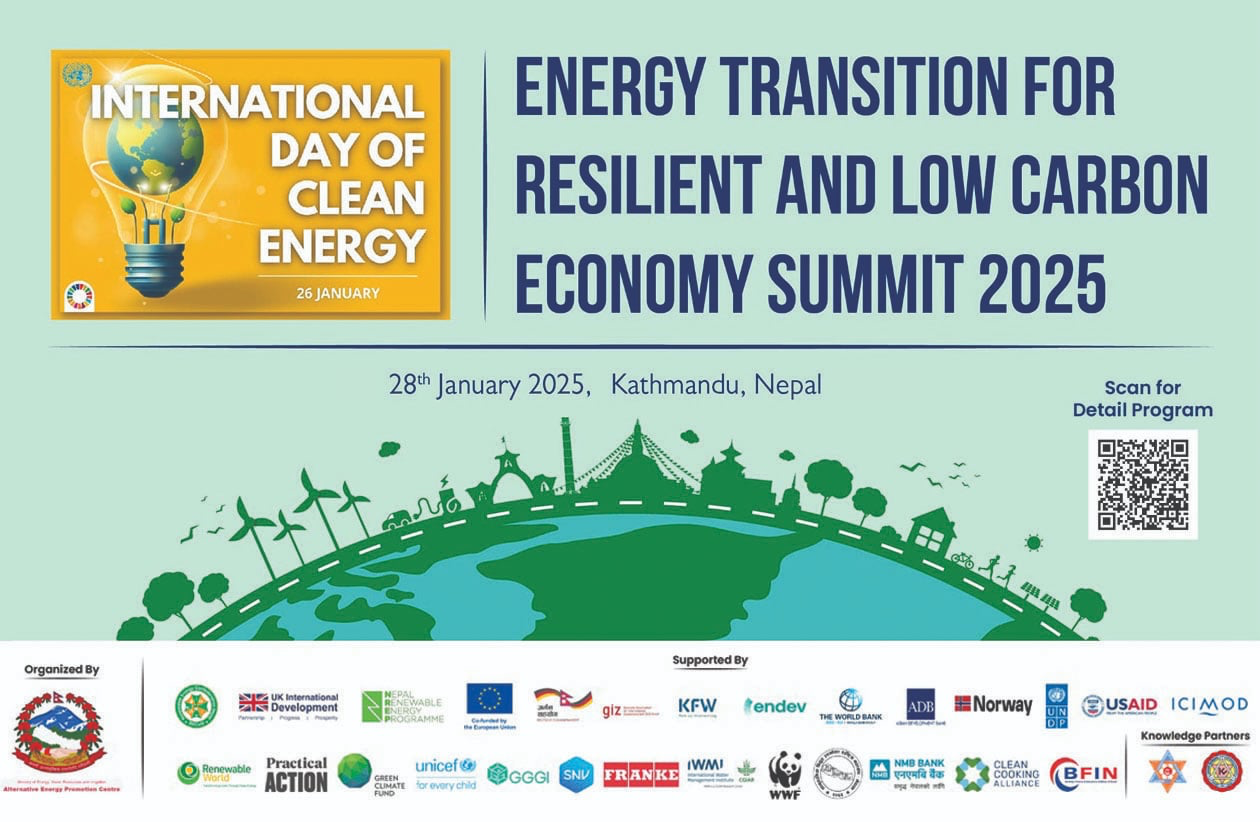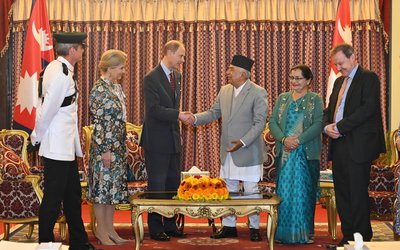
As many places have already been declared ODF, what plan does the department have post ODF?
We have formulated two post ODF strategies. The first is how to sustain ODF. Under this, the department is committed for total sanitation program for post ODF. Under this, our focus now is to maintain the status of districts and villages where we have declared ODF. The second is related to fecal sludge management. As we have built tens of thousands of safety tanks and pits in the last decade in ODF declared districts and wards, they will fill within a year. Fecal Sludge Management (FSM) is going to be a major challenge in the future.
What steps is the department taking for FSM?
For fecal sludge management, we have three separate plans. In the densely populated areas, our idea is to link sewerage with drainage and discharge the fecal and sludge after treatment. In semi-urban areas, we have a different planning. In an area of scattered population, it will be costly to construct centralized sewerage systems. Thus, we have plans for fecal sludge management with small scale treatment plants before releasing the water. In rural parts, the situation is not complex. We have now double pit system toilets. If one fills, then the other pit can be used. This way the earlier fecal sludge of first pit can be used as manure. This is an easy solution. Although Nepal has declared many places as municipality, they are yet to have the urban settings.
How do you link the SDGs with sanitation?
If you connect sanitation with SDGs, Nepal is a signatory of Sustainable Development Goals and has its commitment to fulfill it. When we talk about waste water and fecal sludge, our commitment is that we have to treat at least fifty percent of fecal sludge before releasing it by 2030. This is one of the major challenges of the country.
Nepal used to have 35 percent of its area as urban centers. With the declaration of 293 new municipalities, our urban coverage has reached 60 percent. How do you look at this?
We have 293 new metropolitan, sub-municipalities and municipalities and established new institutions to govern. Some of the newly declared municipalities have urban infrastructure in center but majority of wards of new municipalities have still the rural settings. Out of 753 local levels, fifty percent people live in urban areas under our own interpretation of towns. We need to build urban infrastructure now. We need to provide urban WASH infrastructure. Under this, there comes safe drinking water, facilities for solid waste, and facilities for liquid waste. The government has to build infrastructure to bring them under efficient urban settings. Along with being a signatory of SDGs, we have already declared new urban settings, covering over 60 percent of the population. The challenges before us are urban WASH management. We need to address it.
As Nepal’s new constitution guarantees safe drinking water and sanitation as a fundamental right and Nepal is also a signatory of SDGs, how does the department look at this?
Drinking water and sanitation remained a major priority sector for Nepal even before the promulgation of the new constitution. The government has invested a good amount of its resources in this sector. Realizing its importance, the Constitution of Nepal guarantees pure drinking water and sanitation as fundamental rights. Protection of the fundamental rights is the duty of federal, central and local governments. Similarly, Nepal has a commitment for SDGs. To fulfill the constitutional duties and international commitment, all three tiers of government need to work together with proper coordination to avoid duplications. We are now preparing to formulate WASH Plan for all 753 local levels.
What else will the department do?
The department will conduct a study to know the stage of WASH in all local levels. Following the study, the department will prepare a WASH plan according to the need of local levels. As per the state of WASH infrastructure, we will propose the requirements of local levels and support to build WASH infrastructure. After formulating all plans of local level, we will formulate the plan for provinces. On the basis of two plans, we will formulate national plans. Under the national plan, we will also develop a project bank. With the capacity and capability, we will hand over projects to municipalities and provincial governments. The centre will take only those projects which province and local levels do not have financial and technical capabilities to do.
In the changing situation, what will the central government do now?
The central government will implement mega projects. So far as 4000 projects, which central government has been implementing in the past, are concerned, the department is handing them over to local government and provincial government. Our aim is now to complete these projects as soon as possible. As we are in the process of restructuring the institutions, we are rebuilding WASH institutions at provinces and local levels providing necessary manpower. We are also working in restructuring the central level. With a coordinated approach, this is possible.
As you said recently in a public forum that the department has already prepared a draft of integrated law, what issue will the law cover?
Till now, the drinking water sector is governed by water resources law and the regulation is also formulated as per the law. Since the new constitution has accepted drinking water and sanitation as fundamental rights, it is mandatory to have the law to ensure the constitutional rights. It should be tabled.
Our proposed act will address all the issue related to wash and drinking water. It will also give responsibility to province and local levels about their role. The act also proposes the role of different levels in implementing the projects. There are several issues like development of infrastructure as one part and utility and operation as another part. There is the need to have another body for monitoring water quality, sanitation and research and development. The proposed act also talks about water industry including the mineral water. We are also considering producing glacier water to international market. The proposed law also talks about bulk water industry, licensing, operation and management of sanitation and sewerage. The bill has already been sent to the Law Ministry and other concerned ministries for their opinion. After the bill is returned to us, we will hold a stakeholders meet to finalize the bill.
As you said the government is building treatment plants in Kathmandu valley, what is the state of construction?
So far as Kathmandu is concerned, there is a government plant that will, by 2020, free Bagmati and its tributaries from sewerage. Project Implementation Directorate (PID) and Bagmati Civilization Integrated Committee have been implementing the projects. There will be interceptors in both sides of the river and bring all the sewerage into the treatment plant. There will be five treatment plants in Kathmandu Valley. Those plants will be constructed in Sallaghari, Dhobighat, Balkumari, Guheswori and Gokarna. Public friendly modern treatment plants will be constructed in these five places. There is also a plan for gasification of sledges and there will also be constructed gardening.
How about the construction?
A plant construction is going on in Guheshwori and a tender process is under way for other plants. Only after the proper treatment, the water will be discharged to rivers. We have started them as models. We are planning to replicate the models in other cities outside Kathmandu. The department has already designed treatment plants for 107 urban areas and 13 plants are already operational. If we are able to complete the plants in all 107 urban areas, we will be able to cover over 50 percent of sewerage that can be treated before releasing to river.
What is the bulk water management?
So far as bulk water management is concerned, we want to distribute water colleting from our major rivers like Mahakali, Karnaali, and Tiryga Babai with Bheri, Rapti, Narayani, and Kosi to the local populations. There are also Sunkosi Kamala Diversion projects through which we have planned to distribute drinking water to all the people. With depletion of ground water level in terai and issue of arsenic, distribution of bulk water is a long term solution.
Is it only for the local population or for other purposes as well?
We also sell this bulk drinking water to our neighboring countries if the demand comes from there. This bulk water will be distributed to the populations living south of highway and settled in the highway sides. We are planning to build tanks with 30 percent surplus water. Our Himalayan treated water will be distributed from seven different provinces.
What about Small Town Water Supply project?
After completing the Third Small Towns Water Supply and Sanitation Sector Project successfully, we have already completed negotiations with Asian Development Bank to take 20 towns under fourth phase. We are in the process of signing the agreement for 175 million dollars. This will also cover many areas and help us meet SDGs.
- Enough Stock Of Passport For A Year: DoP DG Aryal
- Feb 05, 2025
- Weather Forecast: Geneally Cloudy To Mainly Fair
- Feb 05, 2025
- Duke and Duchess of Edinburgh Nepal Visit: Valuing Shared History And The Next Generation of Nepal –UK Friendship
- Feb 04, 2025
- Duke and Duchess of Edinburgh arrive in Kathmandu on 6-day Royal visit
- Feb 04, 2025
- FNCCI, CNI And NCC Call For Withdraw The Protest Against Cable Car Construction
- Feb 04, 2025
















